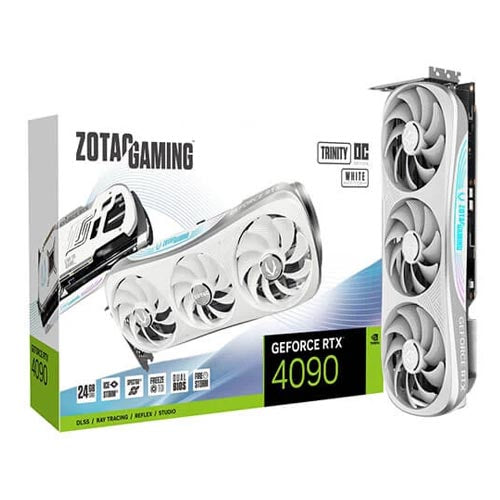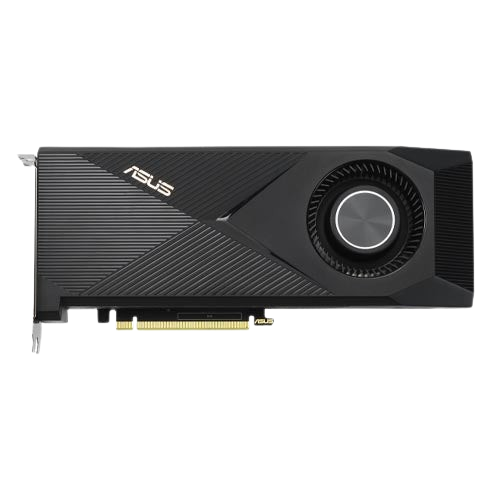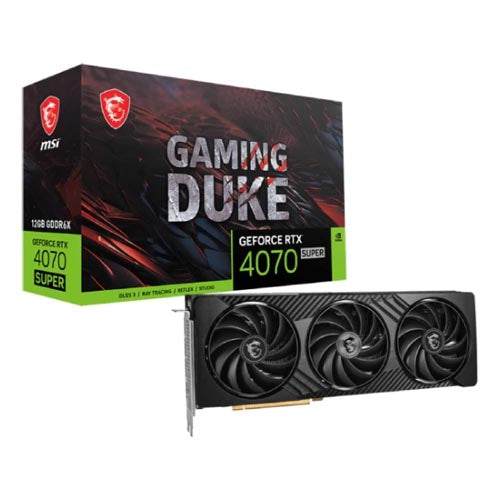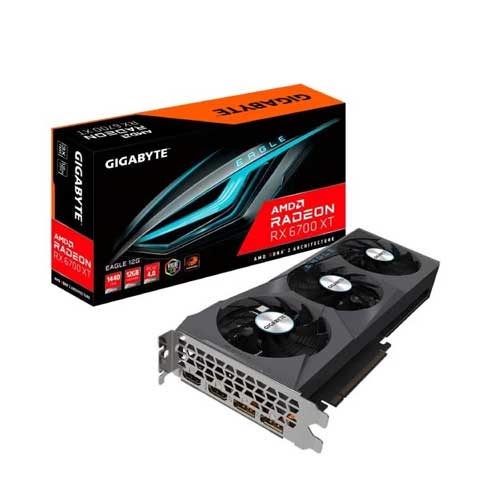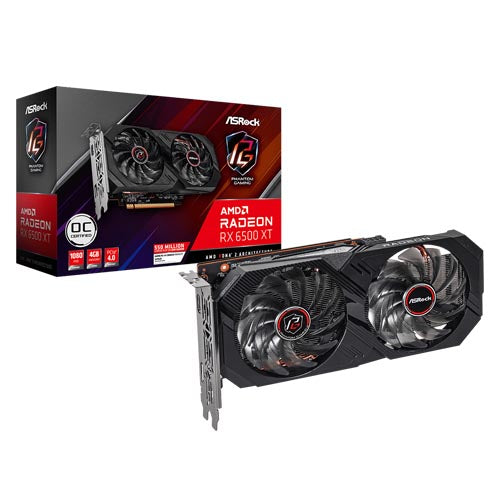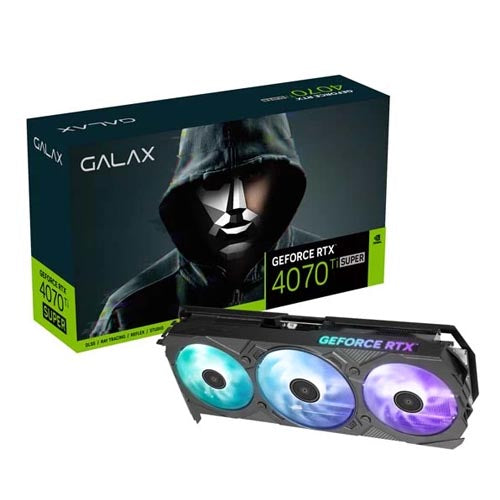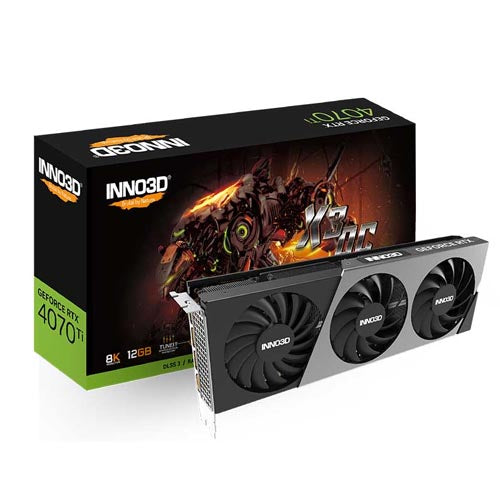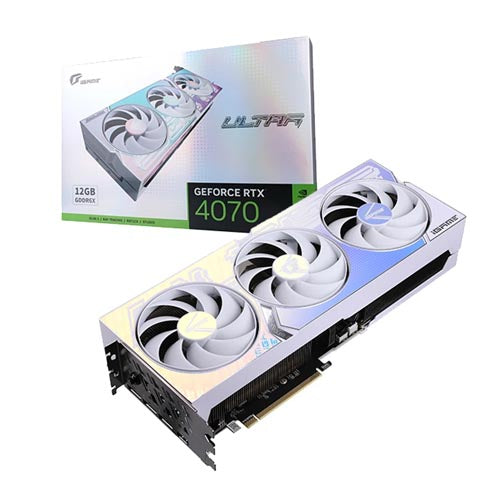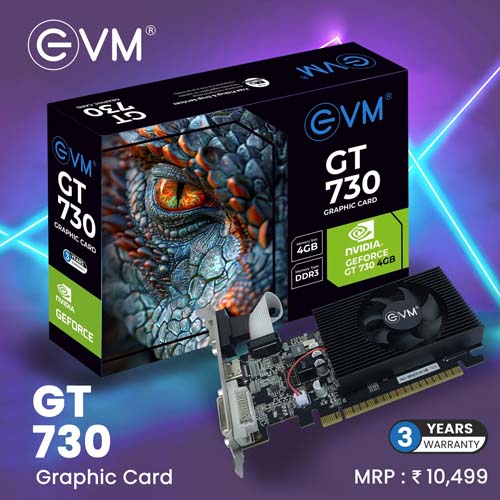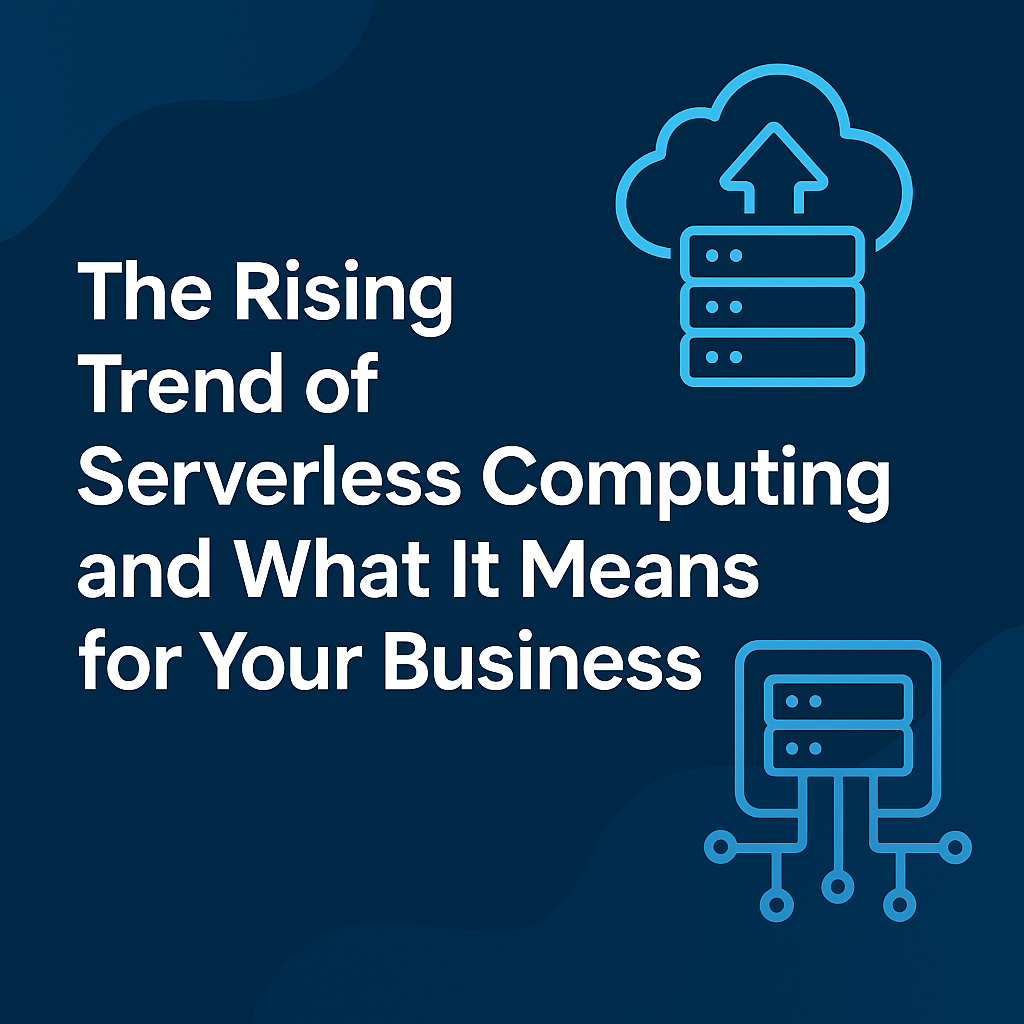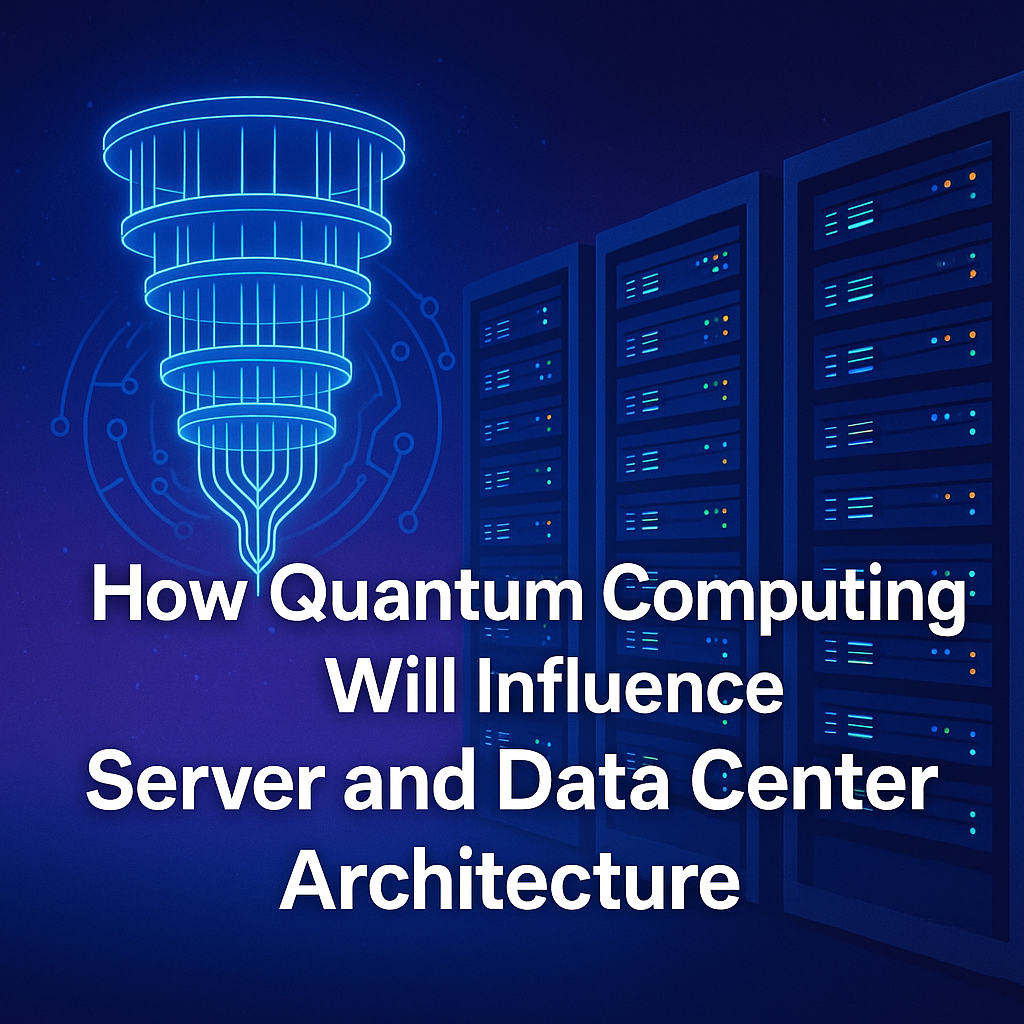The demand for ultra-fast, low-latency data access has never been greater. From real-time analytics and high-frequency trading to artificial intelligence (AI) workloads and 8K video editing, modern applications push server performance to its limits. Traditional SATA-based SSDs and HDDs are increasingly falling short in meeting these demands.
That’s where NVMe (Non-Volatile Memory Express) steps in—a storage protocol specifically designed for flash storage, optimized for PCIe (Peripheral Component Interconnect Express) connectivity. This blog unpacks the technical foundation of NVMe, its advantages over legacy storage, and how it unlocks the true performance potential of modern data centers.
Understanding NVMe: Designed for Parallelism
Unlike legacy protocols such as AHCI, which were originally created for spinning disks, NVMe is built from the ground up to take advantage of the parallel nature of NAND flash memory. Here's how:
- Parallel Queues: NVMe supports up to 64,000 I/O queues with 64,000 commands per queue—compared to AHCI’s single queue with 32 commands.
- Lower Latency: It reduces latency to under 100 µs compared to traditional SATA SSDs that may have over 500 µs.
- Efficient Command Set: The NVMe protocol includes fewer CPU instructions per I/O operation, improving throughput and reducing CPU overhead.
This architecture directly benefits high-concurrency applications, making NVMe an ideal choice for workloads like AI model training, machine learning pipelines, and transactional databases.
Benchmarking NVMe vs SATA SSD vs HDD
To understand the leap in performance, let’s briefly compare:
| Metric | HDD | SATA SSD | NVMe SSD |
|---|---|---|---|
| Read/Write Speed | ~100 MB/s | ~550 MB/s | 2000–7000 MB/s |
| IOPS | ~200 | ~90,000 | 500,000+ |
| Latency | 5–10 ms | 200–500 µs | 30–100 µs |
Conclusion: NVMe easily outpaces traditional storage. But its true potential is revealed when paired with server hardware and software optimized to utilize this throughput.
NVMe in Action: Use Cases Driving Adoption
1. AI and Machine Learning
Why it matters: Training large neural networks requires handling vast datasets and rapid access to model checkpoints.
NVMe Advantage: Accelerates dataset loading, improves training iteration speed, and supports concurrent I/O-heavy operations without bottlenecking GPU pipelines.
2. Real-Time Analytics & OLAP Systems
Systems like Apache Druid or ClickHouse thrive on low-latency storage.
NVMe: Enables high-throughput queries and sub-second data insights across billions of rows.
3. Virtualized Environments
NVMe over Fabrics (NVMe-oF) is enabling high-performance block storage across clusters, giving VMs and containers SSD-grade access speeds over the network.
4. Video Processing & 3D Rendering
High-resolution video streams and complex 3D renders demand massive I/O.
NVMe: Eliminates delays in buffering, rendering, and encoding tasks.
Integration Options: NVMe Form Factors in Servers
NVMe drives are available in various form factors, each suitable for different infrastructure designs:
-
- M.2 (2280, 22110): Great for space-constrained edge servers or embedded systems.
- U.2/U.3: Designed for hot-swappable enterprise environments; fits into 2.5” drive bays.
- PCIe Add-in Cards: Offer high capacity and direct PCIe bandwidth.
- EDSFF (E1.S, E1.L): Newer enterprise spec designed for better airflow and density in hyperscale environments.
Depending on your server’s architecture and density requirements, you can choose between scale-up or scale-out NVMe deployment strategies.
Programming Considerations for NVMe
1. SPDK (Storage Performance Development Kit)
An open-source set of tools that enables direct, high-performance access to NVMe devices from user space, bypassing the kernel.
2. libnvme in C/C++ and Python Bindings
For developing tools that directly interact with NVMe subsystems, particularly useful in hypervisor-level performance tuning and telemetry.
3. NVMe Namespaces and QoS
Advanced features like namespaces allow for logical partitioning of a physical NVMe drive, ideal for multi-tenant environments where IOPS limits are enforced per namespace.
Security and Resiliency in NVMe
With high speed comes greater responsibility. NVMe includes several security options:
-
- Self-Encrypting Drives (SEDs): Hardware-level AES-256 encryption.
- Power Loss Protection: Capacitors store enough power to flush DRAM cache to NAND in the event of power failure.
- End-to-End Data Path Protection: ECC, CRCs, and data integrity checking.
Additionally, firmware updates and health monitoring via NVMe-MI and SMART standards are helping build more reliable deployments.
Scaling NVMe in Cloud & Hybrid Infrastructure
Modern cloud architectures leverage NVMe in two key ways:
-
- NVMe-over-Fabrics (NVMe-oF): Protocols like RoCE, TCP, or FC expose NVMe volumes over network with minimal latency.
- Composable Infrastructure: Dynamically allocate GPU, CPU, and NVMe storage as services—tailored per workload.
This flexibility is essential in AI-heavy cloud platforms, where compute and storage must scale independently.
Future Trends: What’s Next for NVMe?
-
- PCIe Gen5 NVMe: Up to 14 GB/s throughput per device.
- CXL (Compute Express Link): Memory and storage-class devices (like NVMe) will soon blur.
- ZNS (Zoned Namespace): Allows writing in sequential zones, reducing write amplification—ideal for AI model checkpoints and logs.
Conclusion
NVMe has transcended the role of "fast storage"—it has become a strategic enabler for next-gen applications. Whether you're deploying AI/ML pipelines, optimizing cloud-native services, or scaling data center workloads, NVMe offers unmatched performance, concurrency, and scalability.
To truly unlock its potential, pair NVMe with a compute environment that complements its strengths.
